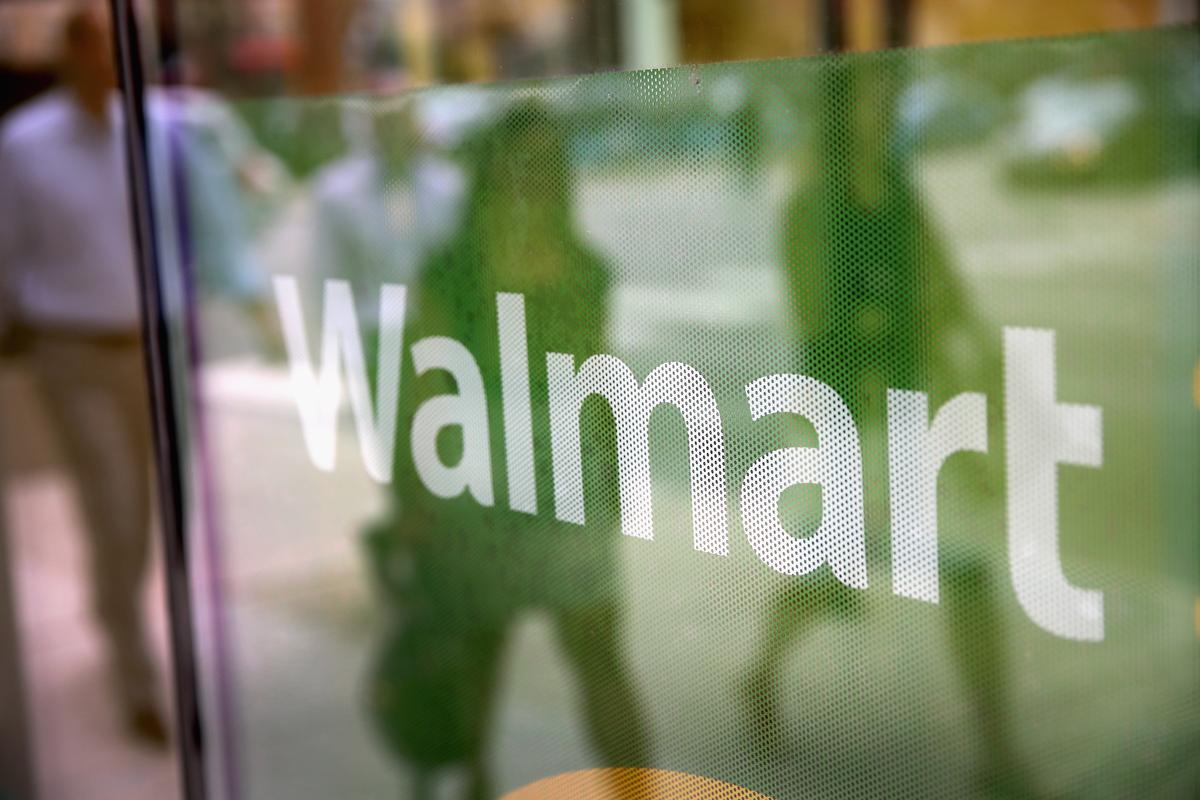With Wal-Mart sales and profits falling, pundits are asking if the U.S. economy is again headed down. Hardly.
Like IBM and other business icons in trouble, the Arkansas retailer is simply being squeezed by better competitors—mainly Americans—heralding a new age of American innovation. This is the new American century.
Look at Wal-Mart—its recipe for success was simple. Through a detailed knowledge of supplier costs, disciplined supply chain management, and low wages for store personnel the retail bargained hard with manufacturers and delivered goods at the lowest prices.
Unfortunately, its methods were hardly occult and others, including Dollar General and Target caught on, undermining the Arkansas behemoth’s competitive edge. In addition, other big employers such as McDonald’s has put Wal-Mart under increasing political pressure to pay its workers more.






